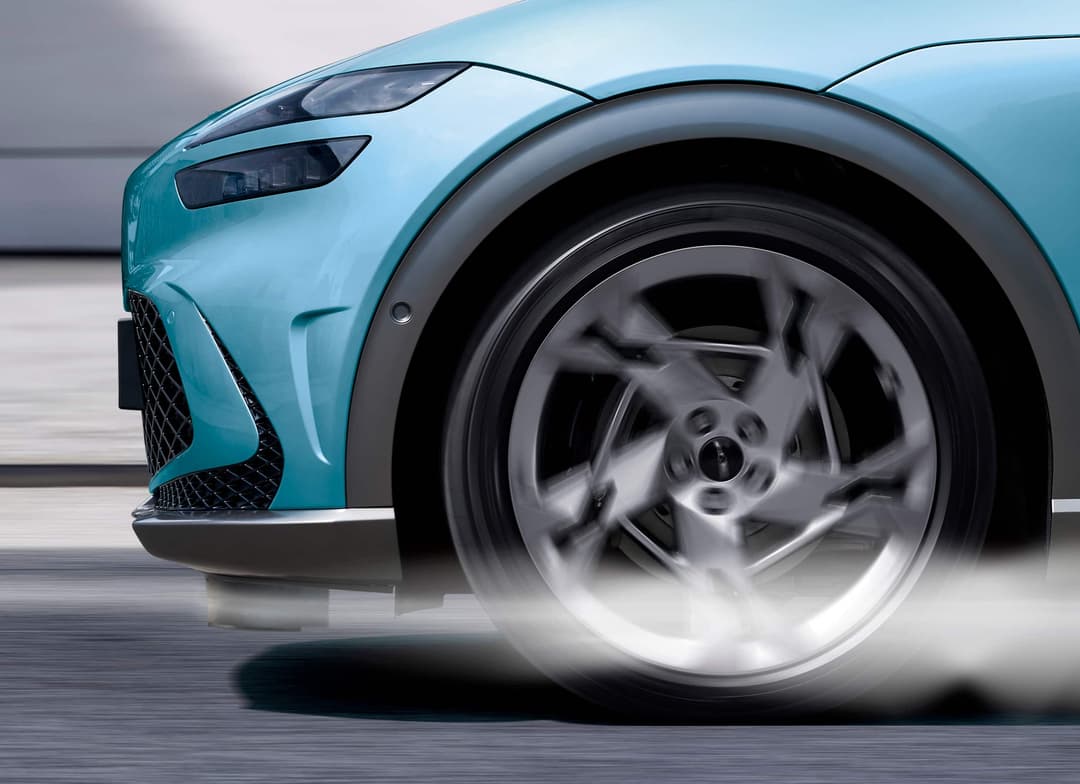
Hyundai Motor Company and Kia Corporation have introduced an innovative feature designed to enhance the aerodynamic performance of electric vehicles (EVs)—the 'Active Air Skirt' (AAS) technology. AAS is engineered to reduce aerodynamic drag during high-speed drives, thereby improving both the range and driving stability of EVs.
What is Active Air Skirt Technology?
AAS is adept at managing the airflow that enters through the lower front bumper. This system actively controls turbulence around the vehicle's wheels by varying its operation based on vehicle speed. It is particularly effective during high-speed driving, a scenario where aerodynamic drag often outweighs rolling resistance.
In our current era of EV proliferation, the quest for enhanced range has intensified. With AAS, manufacturers like Hyundai and Kia are seeking ways to decrease the coefficient of drag (Cd) of their vehicles—Cd being the measure of resistance from air acting opposite to the motion of the vehicle.

How Does AAS Enhance Performance?
The AAS system, tucked between the front bumper and wheels, remains hidden during regular operation. It activates when the vehicle exceeds 80 km/h, when aerodynamic drag becomes significant, and retracts at 70 km/h to avoid continuous operation at specific speeds.
Hyundai Motor Group has designed AAS with consideration for the E-GMP platform's characteristics, recognizing that a completely covered front is not necessary for maximum aerodynamic effect due to the platform's flat floor. This selective coverage improves downforce, thereby enhancing traction and high-speed stability.
In addition, the AAS system is built to withstand speeds beyond 200 km/h. Durability is achieved through the application of rubber material at the lower part, safeguarding against damage from road debris at high velocities.
Impact on EV Range and Efficiency
The implementation of AAS on the Genesis GV60, as part of tests conducted by Hyundai and Kia, has reduced the drag coefficient by 0.008, translating to a drag reduction of 2.8 percent. This could potentially improve vehicle range by approximately 6 km.
Patent applications in South Korea and the United States have been filed by both Hyundai and Kia, with plans for mass production contingent on further durability and performance testing outcomes.
Future Applications and Goals
Vice President and Head of Mobility Body Development Group at Hyundai Motor Group, Sun Hyung Cho, mentioned that the AAS technology is particularly advantageous for models such as SUVs, where it is typically more challenging to optimize aerodynamic performance. The group affirms its commitment to continually enhance the driving performance and stability of EVs through aerodynamic advancements.
Hyundai and Kia are not stopping there—they are integrating other aerodynamic technologies such as rear spoilers, active air flaps, wheel air curtains, wheel gap reducers, and separation traps into their vehicles. For instance, the Hyundai IONIQ 6 has embraced these technologies to achieve an impressive global-leading Cd value of 0.21.
Zecar's Take
Hyundai Motor Company and Kia Corporation's development of the Active Air Skirt technology underscores the industry's focus on boosting EV performance by minimising aerodynamic resistance. As automakers continue to innovate, we can expect vehicles to push the boundaries of efficiency, stability, and range, paving the way for the next generation of electric mobility.
Stay up to date with the latest EV news
- Get the latest news and update
- New EV model releases
- Get money savings-deal
